Dressing Daenerys, Prince Harry, and Serena Joy: Emmy-Nominated Costume Designers on Their Process
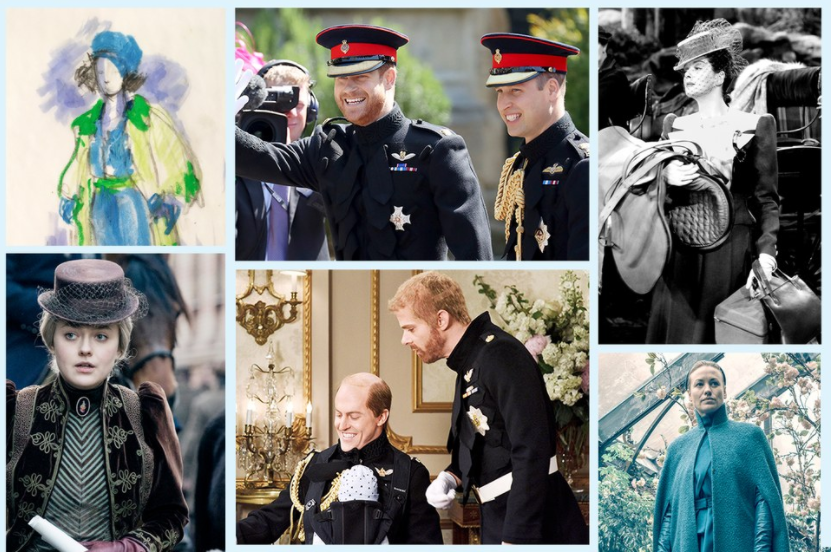
In a TV landscape glutted with lush period pieces, big-budget fantasy, and vividly rendered dystopian sci-fi, it takes truly stellar costume design to pop from the pack. One striking Game of Thrones piece—the dramatic white fur coat that Daenerys Targaryen wears during her dragon ride north to save Jon Snow—became a social-media sensation the moment audiences set eyes on it and, later, inspired a wave of Etsy knockoffs. Saturday Night Live’s royal-wedding costumes—replicated at warp speed for an episode airing the evening of Prince Harry and Meghan Markle’s nuptials—left the Internet incredulous. The Marvelous Mrs. Maisel costume designer, Donna Zakowska, created more than impeccably tailored dresses, pants, and coats in colors as radiant as 1950s protagonist Miriam “Midge” Maisel—she created full-blown closet envy. “I’m always trying to find a way to define Midge and excite the audience,” says Zakowska. “I didn’t feel like I was just designing fashion. I’m designing a story.” Zakowska and a few other Emmy-nominated costume designers riff on the stories they told this season.
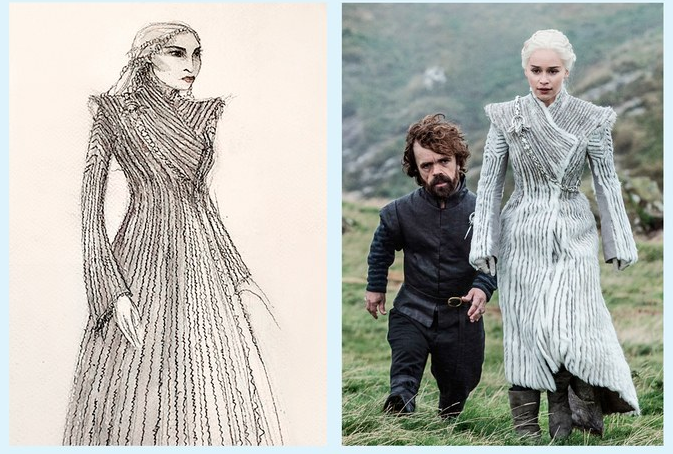
“I wanted this moment to be epic,” Clapton says of Daenerys (Emilia Clarke) rescuing Jon Snow (Kit Harington) from the Night King’s army. “I wanted her coat to have the Targaryen cut and the sense of a savior swooping in to save someone for no reason other than that she cares for Jon. It also seemed practical for her to wear fur to keep warm riding a dragon north!” Clapton’s team created three identical coats, one to shoot and two as backups—each taking three people a month to produce. “We created them from strips of leather, short white faux fur, long fine dark faux fur, and white fur towards the hem. I wanted the texture to have a link to the ridges on the dragons, but also to emulate the layering in the White Walkers’ costume.”
Replicating wedding-day attire—in the seven and a half hours between Prince Harry’s fairy-tale nuptials to Meghan Markle and S.N.L.’s live taping—was the most difficult assignment Broecker has had in three decades at the show. “Someone was in charge of making the ribbons and passementerie” for Harry’s uniform, says Broecker, whose team hastily duplicated what Savile Row’s Dege & Skinner did in six weeks. Black winter coats from storage were reconstructed and re-assembled to create the Blues and Royals base—with tweaks of the collar and pleats. “At six p.m., Mikey Day, who was playing Harry, said, ‘Hey, I just saw a picture of Harry wearing a tuxedo at the reception.’ I looked at him and said, ‘You’re wearing your uniform.’ ”
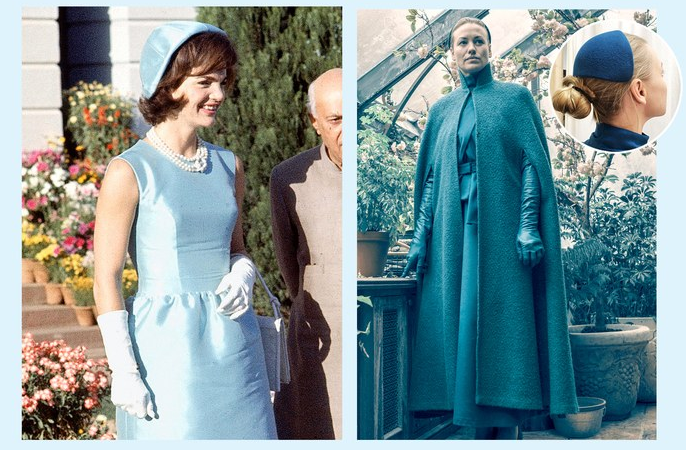
Like the characters in Gilead’s color-coded caste system— red for Handmaids, green for Marthas, blue for Wives— Crabtree must operate within the palette confines, relying on different shades of teal to infuse Wife Serena Joy Waterford (Yvonne Strahovski) “with more strength.” For Serena’s diplomatic trip to Canada, Crabtree referred to Balenciaga’s 1950s designs and photos of politicians’ wives. “In any society, men have historically used their wives to gain favor with the public,” Crabtree says. “These designs were more put together, more chic.” Serena’s ladylike hat was partially inspired by First Lady Jacqueline Kennedy, who carefully pinned her hats back on her head to ensure her face was unobscured during public appearances.
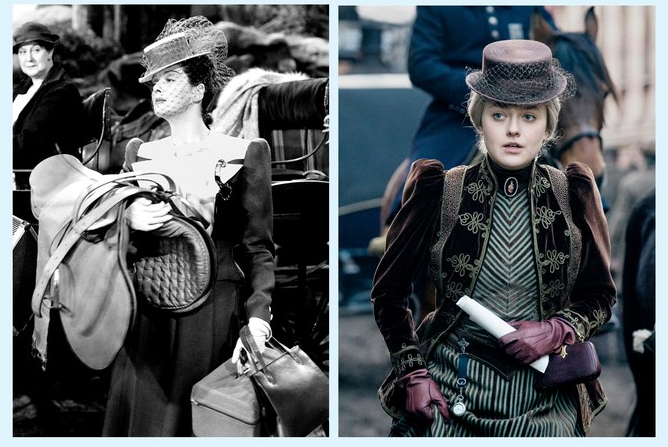
For Dakota Fanning’s Sara Howard—a police secretary investigating a serial killer in the 1890s—Kaplan created a closetful of designs. “Most of the colors she wears are masculine,” says Kaplan, explaining that the progressive protagonist wants to fit in with her male colleagues. For the scene in which Sara meets her partners (Daniel Brühl and Luke Evans), Kaplan mitered dark-green velvet into chevron stripes that were applied to mauve fabric—creating a tapestry effect. The design was partially inspired by MGM designer Adrian, who pieced together “men’s suiting fabrics to make interesting patterns…. I wanted to have eye candy but in a way that was appropriate.” Kaplan completed the look with gloves and a menswear-inspired boater hat with a veil.
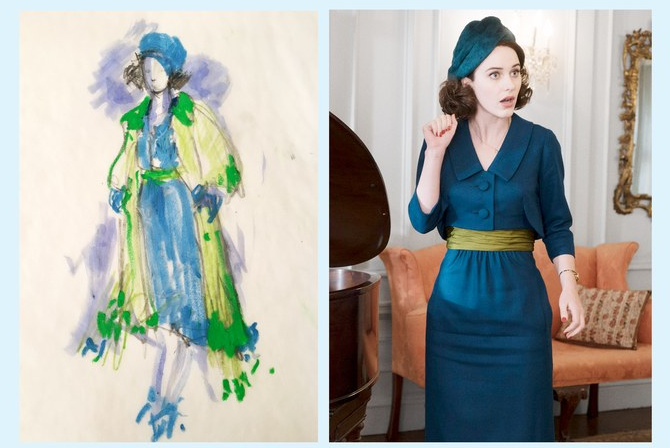
“Often I start by looking at fashion magazines, cutting out colors, and collaging them in ways that I love,” Zakowska says of designing costumes for the 1950s-set comedy’s titular character, Midge (Rachel Brosnahan). “When you look at 1958 and ’59 fashion magazines, designs were more adventure-some than people think…. That boldness freed me up. I didn’t feel like I was just designing fashion. I’m designing a story.” One eye-popping result: an impeccably tailored teal dress and matching jacket, contrasted by a chartreuse silk sash, and topped by a sculptural hat. “More people partook of the concept of an outfit and accessories and details and hats and shoes than they do now. I’m always trying to find a way to … be on a journey into color.”